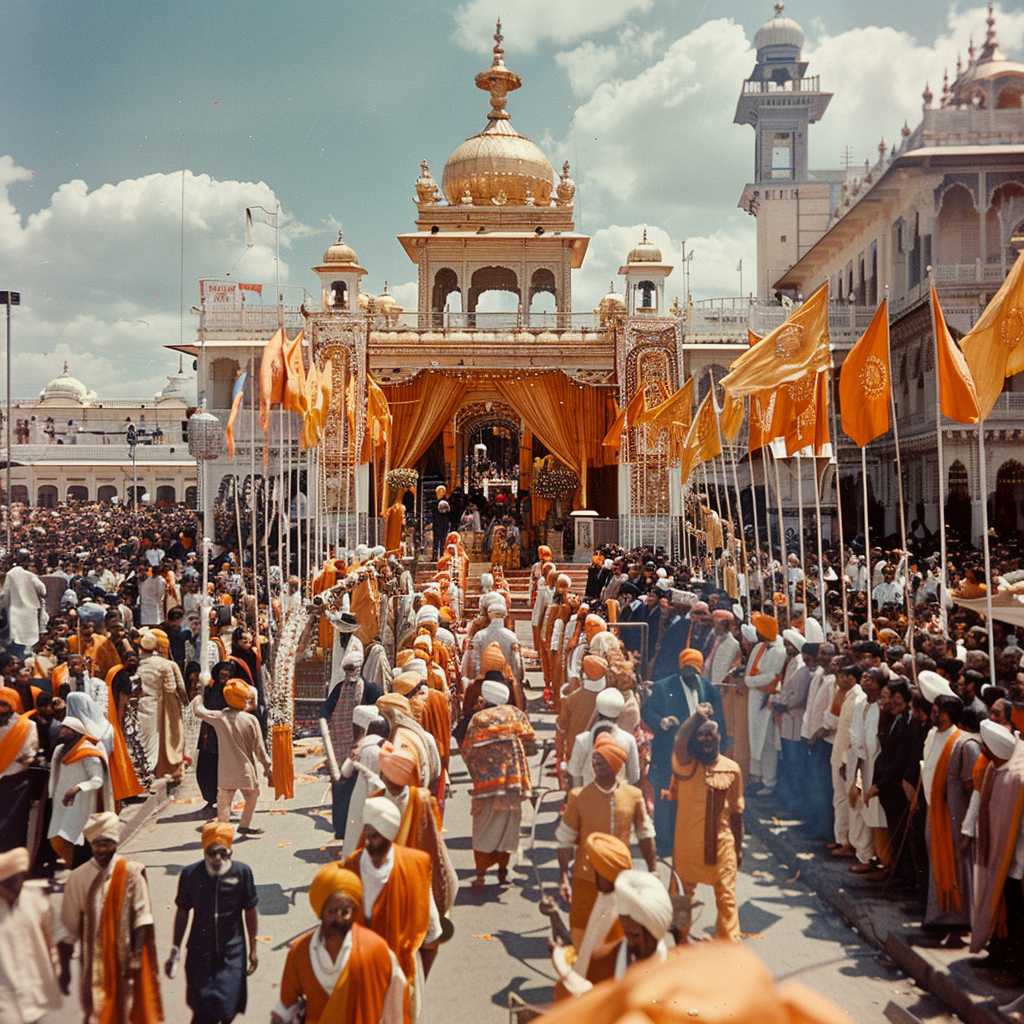Understanding Vaisakhi: The Festival of Harvest and Renewal
Vaisakhi, also spelled Baisakhi, is a historical and religious festival in Sikhism. It is celebrated on April 13 or 14 each year and marks the Solar New Year and the harvest festival in the Punjab region. However, for Sikhs, it holds much greater significance as it commemorates the formation of Khalsa Panth of warriors under Guru Gobind Singh in 1699. The festival is observed by people from various parts of the Indian subcontinent but is most prominently celebrated in the state of Punjab.
Historical Significance of Vaisakhi
The roots of Vaisakhi date back to the Gurus of Sikhism. The festival was deeply enriched with meaning when the tenth Guru of Sikhs, Guru Gobind Singh, chose this day to form the Khalsa in 1699 at Anandpur Sahib. The Khalsa was created as a community with principles of courage, equality, and brotherhood among its members who pledged to defend their faith and others from oppression and injustice.
Vaisakhi Celebrations in Sikhism
In Sikh communities, Vaisakhi is celebrated with much jubilation. Gurdwaras are decorated, processions (Nagar Kirtan) are held, and people come together to sing hymns from the Guru Granth Sahib, the holy book of Sikhs. The celebrations represent a display of solidarity and collective spirit within the community. Special assemblies called “Amrit Sanchar” are often conducted to initiate new members into the Khalsa.
Agricultural Affiliation of Vaisakhi
Aside from its religious significance, Vaisakhi is also traditionally an agrarian festival that marks the harvest of rabi crops. Farmers celebrate their bounty and thank nature for the harvest. The day is representative of prosperity and ushers in hopes for a good agricultural year ahead.
Cultural Impact and Practices
Culturally, Vaisakhi includes performances of traditional dances such as Bhangra and Gidda, the display of local handicrafts, and community feasts known as “langar”, where food is served to everyone irrespective of religious or social status. It’s also a time when people wear new clothes and share sweets.
Vaisakhi Around the World
The Sikh diaspora has spread Vaisakhi celebrations worldwide. In countries like Canada, the United Kingdom, and the United States,, large parades may attract tens of thousands of Sikhs and other participants every year.
